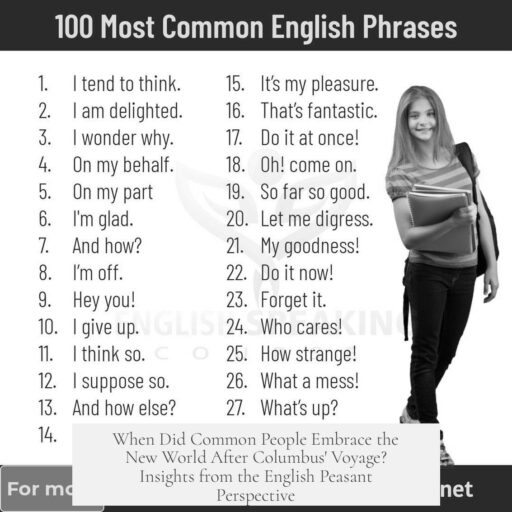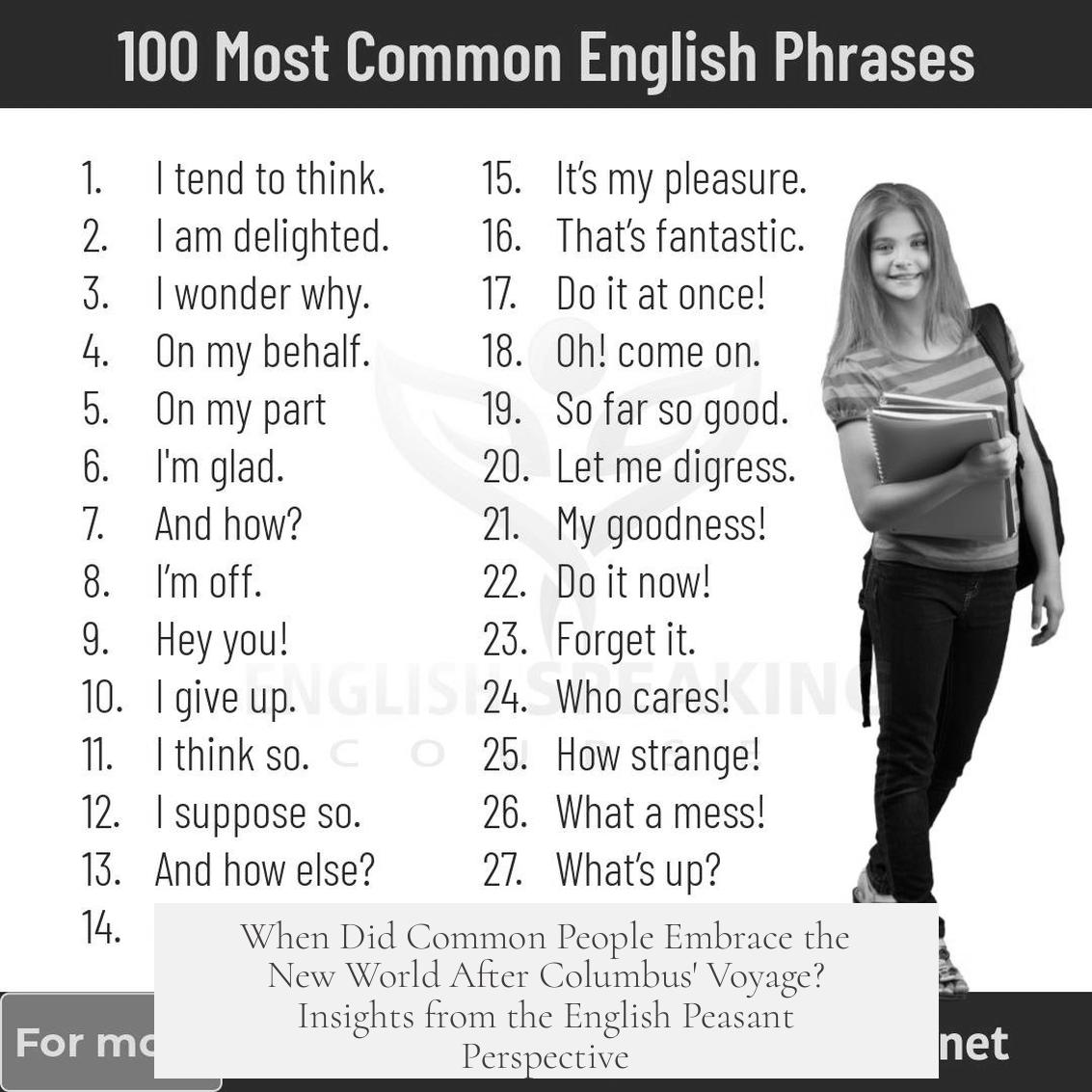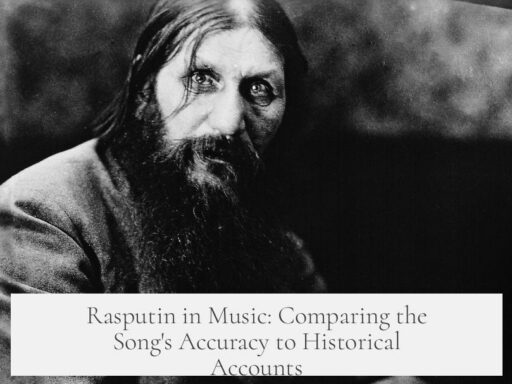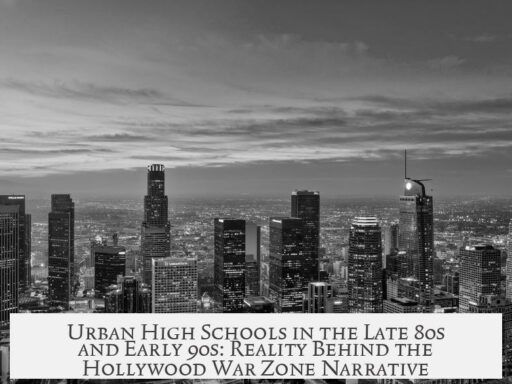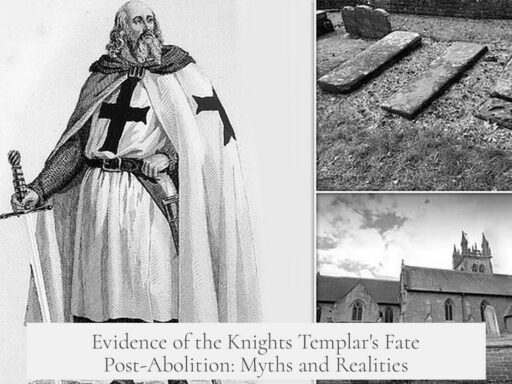News of Columbus’s voyage in 1492 reached Europe quickly, but it took about 30 years for most people, especially common folk, to accept the New World as real. The initial reports were exciting yet hard to believe. People compared the idea of America to mythic places like the kingdom of Priest John, which many regarded as mere stories.

For a peasant in the English countryside, hearing about the New World depended on how information traveled. In the late 15th and early 16th centuries, news spread slowly by word of mouth, letters, and travelers. Town criers, merchants, priests, and local nobles were the main conveyors of new information. Official reports from monarchs or explorers circulated in towns and ports first, not in remote villages.
Printed materials were rare and mostly in Latin or for the educated class. The printing press, introduced in England only a few decades earlier, was just beginning to expand literacy and news availability. A peasant would likely learn of the New World through folk stories, sermons, or traders passing through market days, not from official documents or books.
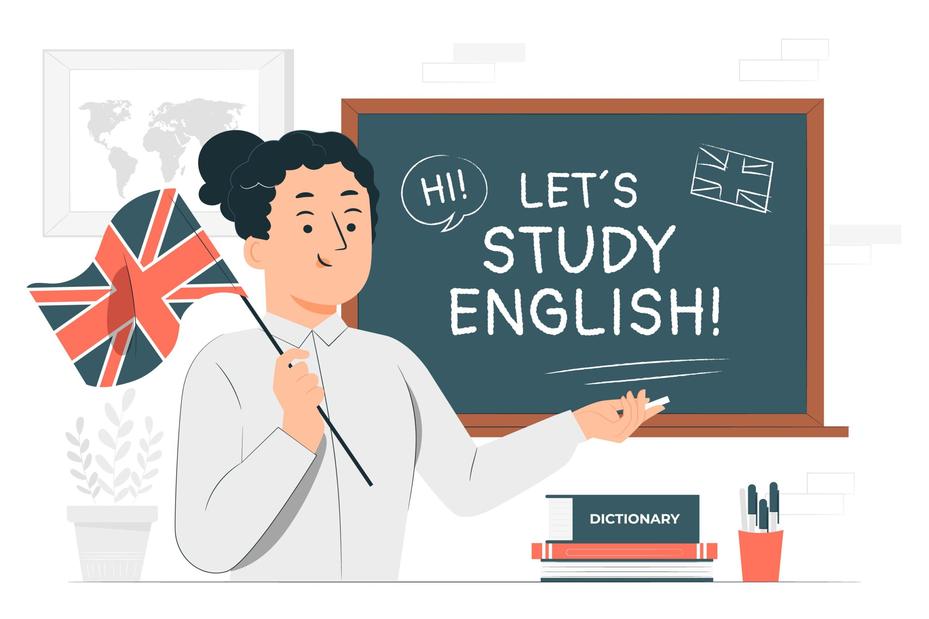
Over time, as explorers returned with goods, maps, and tales, more people came to accept the Americas as a real place. Trade goods from the Americas, such as tobacco and new crops like maize, provided tangible proof that helped solidify the concept. Yet, full common acceptance took decades. Many peasants viewed the New World as distant and strange, making it hard to grasp its reality immediately.
- News traveled quickly to the educated and noble classes but slowly to the rural poor.
- Oral tradition and local gatherings helped spread stories among peasants.
- Printed news and official maps reached commoners more after several decades.
- Physical evidence like goods from America helped confirm its existence to the general public.
- The concept of America took about 30 years to be fully accepted by common people.
I Know That in 1492 Columbus Sailed the Ocean Blue — But When Did the Common People Really Buy In?
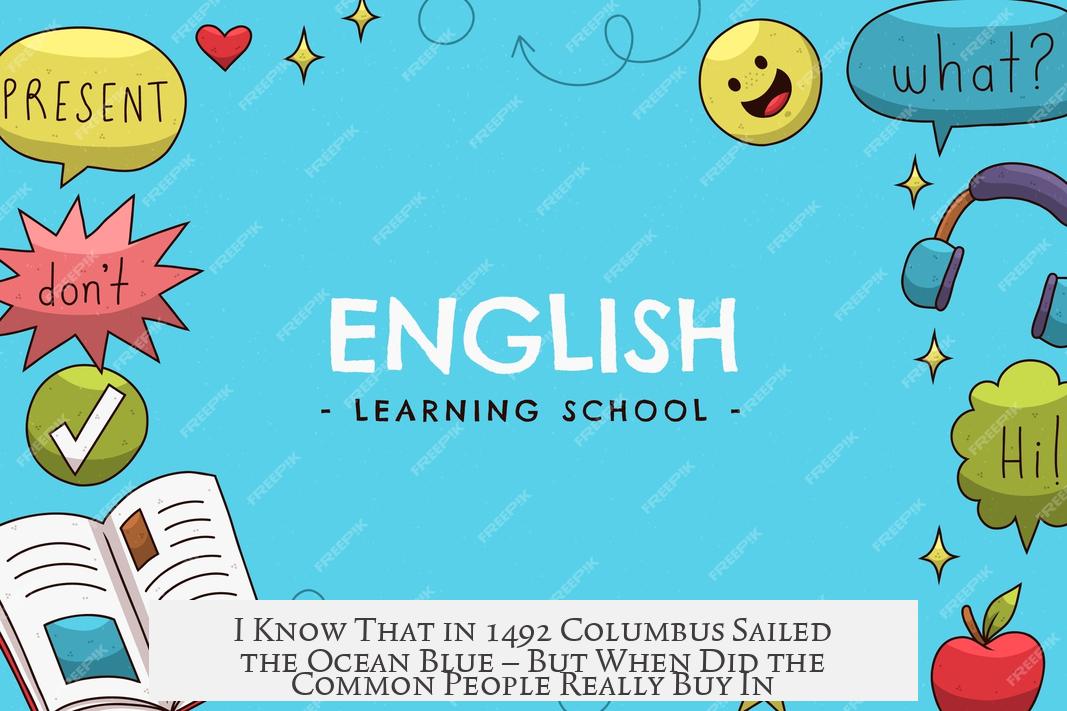
Good news travels fast, but believing it? That takes time. Christopher Columbus’s 1492 voyage across the Atlantic was a headline-grabber even in the 15th century. Yet, it took roughly 30 years before most people in Europe, especially the common folk, accepted that a “New World” actually existed. Let’s explore why and, more intriguingly, how a peasant in England’s countryside might have heard about this radical discovery.
News Spread Fast… but Truth Moved Slowly

Imagine the excitement: ships setting sail, crossing the vast ocean, and returning with shiny trinkets and strange tales. Once Columbus returned to Spain, word zoomed through royal courts, merchants, and scholars quickly—better than an Instagram post today!
The speed of news back then amazed historians. Letters, town criers, and traveling merchants acted as the social media of their time. But here’s the twist: rapid news transmission didn’t guarantee immediate belief. Why? The human mind riddled with skepticism, especially when faced with stories that sounded just a little too incredible.
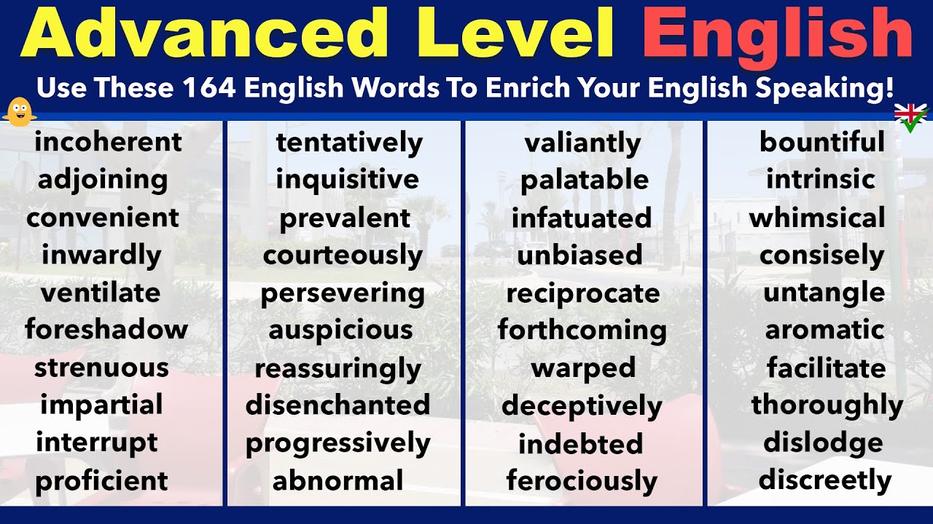
In fact, many Europeans pegged America as a distant myth, similar to the legendary kingdom of Priest John—a fanciful place with unreal qualities. It was a tale rivaling medieval legends rather than a geographically confirmed land.
Three Decades to Accept a Continent

It’s tempting to think that once Columbus’s voyages were public knowledge, everyone updated their mental maps overnight. Not so.
It took about 30 years for the concept of America to fully sink in among the general population. This delay wasn’t due to sluggish gossip chains but to skepticism and the sheer strangeness of the idea. After all, the world’s shape was still a topic of debate, and many geographers officially thought Columbus stumbled upon the outskirts of Asia rather than a brand-new continent.
Scholars and explorers started filing reports and creating maps, but it took sustained evidence and repeated voyages to convince the masses that these lands were real and not fairy tales suited only for tavern fireside talk.
The English Peasant Perspective: How Would I Hear About America?
Here’s where things get juicy yet murky: there’s little direct info on when or how English peasants specifically learned about the New World. But let’s put on our historian hats and try to piece it together.
Life in the late 15th-century English countryside was, frankly, centered around farming, local markets, and survival. Literacy was rare among peasants, and access to news depended heavily on word of mouth and local authorities like the church or the village lord.
How would the big news reach you, a hardworking peasant?
- Town Criers and Church Services: Official announcements, sometimes made during church gatherings or marketplace events, disseminated news. While not guaranteed, extraordinary events might get mentioned.
- Traveling Merchants and Pilgrims: Merchants visited local markets from distant regions. Traders from London or coastal towns where ships docked might share tales of strange new lands and goods.
- Castles and Lords: Lords and knights were often better informed. They might relay stories to their tenants, sometimes amplifying the news with embellishments.
But even if you heard whispers about strange islands or lands across the “great sea,” chances are you’d think it was just another fanciful fable, much like dragons or elves—interesting but distant from everyday life.
Why Skepticism Was King
Your world in the 1490s is limited by travel and firsthand experiences. Without photographs, newspapers, or radio, stories came filtered through many mouths. Each retelling could add or subtract details.
Remember, many believed in mythical places, partly because those stories offered hope, mystery, or religious symbolism. The newly reported lands didn’t instantly displace these comforting legends.
Plus, practical concerns dominated rural life. What mattered most were harvests, weather, taxes, and who was taxing *how much*. The existence of a new continent might seem irrelevant or unbelievable when the pressing reality was “Will I eat next winter?”
Shifting From Myth to Reality
Over several decades, with more voyages, maps improved, and trade goods from across the ocean landed in European ports. Sugar, tobacco, and new crops began changing economies.
Slowly, stories turned into reports; rumors hardened into facts.
Imagine villagers seeing exotic foods like potatoes or corn appear in local markets decades after 1492. That physical proof helped confirm the existence of America as more than legend.
By the early 16th century, America was no longer an abstract wonder but a known place—sparking curiosity and, later, colonization.
What Can We Learn?
This historical journey shows how information and acceptance aren’t synchronized. News might race ahead, but belief travels at its own pace, especially for people removed from power centers or literate societies.
If you were that English peasant in 1500, your knowledge of “America” probably arrived piecemeal—through odd tales from visitors, royal announcements you only partially understood, and eventually new products and maps trickling down slowly.
Acceptance unfolded over years, shaped by social context, economic realities, and human skepticism.
A Modern Parallel
Think about some “too good to be true” stories or even scientific discoveries today. Don’t we often wait for proof or for those around us to buy in before we fully believe? The same human pattern applies, just with faster technology.
Who knew that peasants of the 15th century and people scrolling through social media today shared a similar journey toward belief?
In Summary
- The news of Columbus’s voyage traveled quickly across Europe.
- Common people took around 30 years to accept the New World as real.
- English peasants likely heard about America through oral tradition, travelers, and gradual trickle of commodities.
- Initial skepticism equated the New World with myths like the kingdom of Priest John.
- The gradual introduction of exotic goods and improved maps helped cement the reality of America.
So next time you hear “In 1492 Columbus sailed the ocean blue,” remember it took a generation for the waves of that discovery to lap the shores of ordinary people’s lives.
